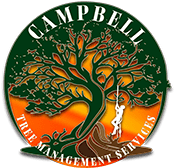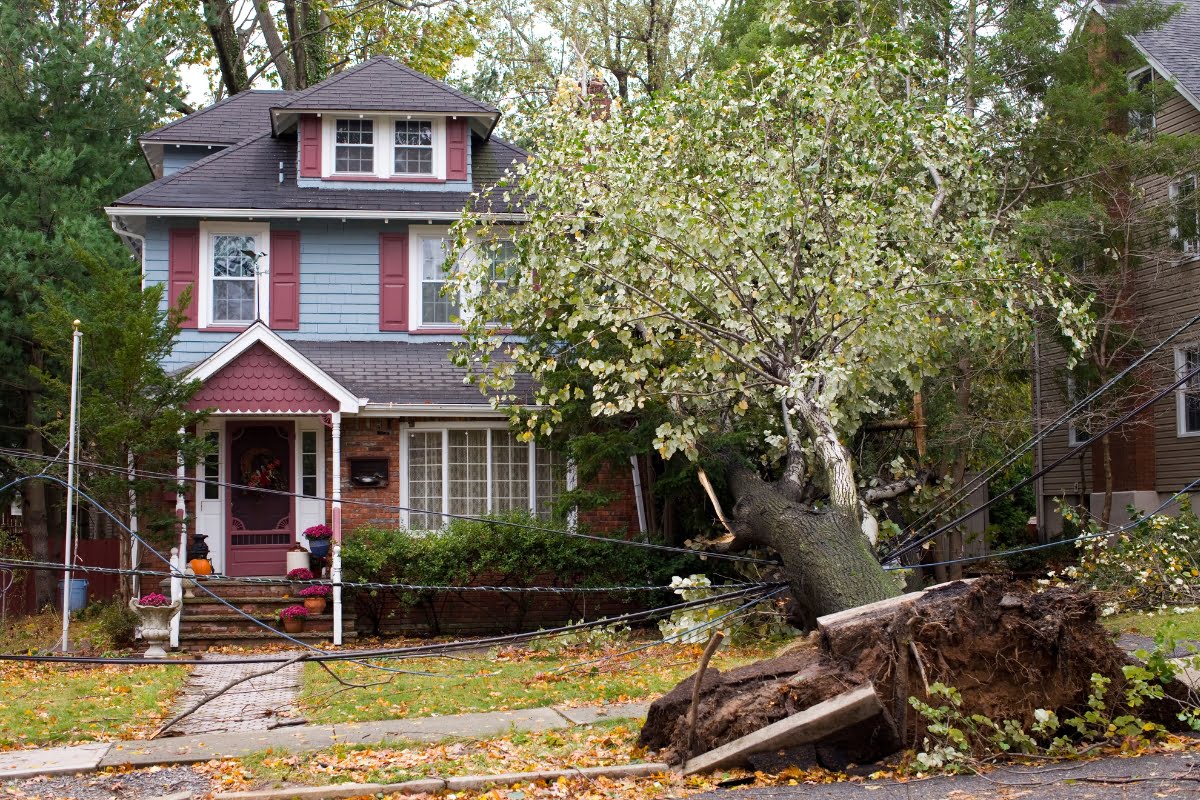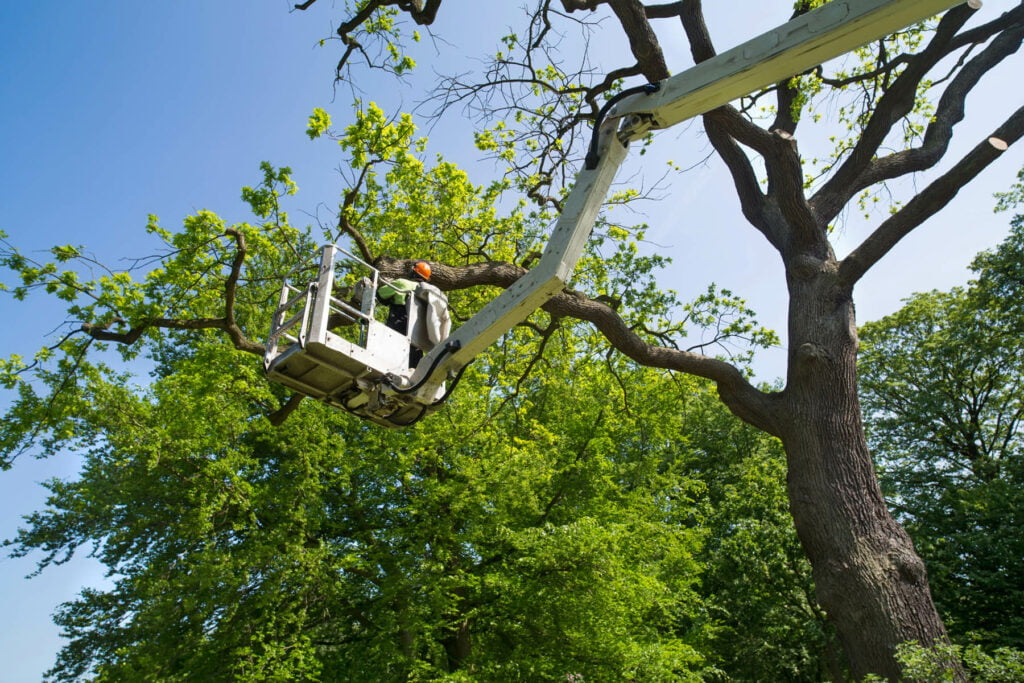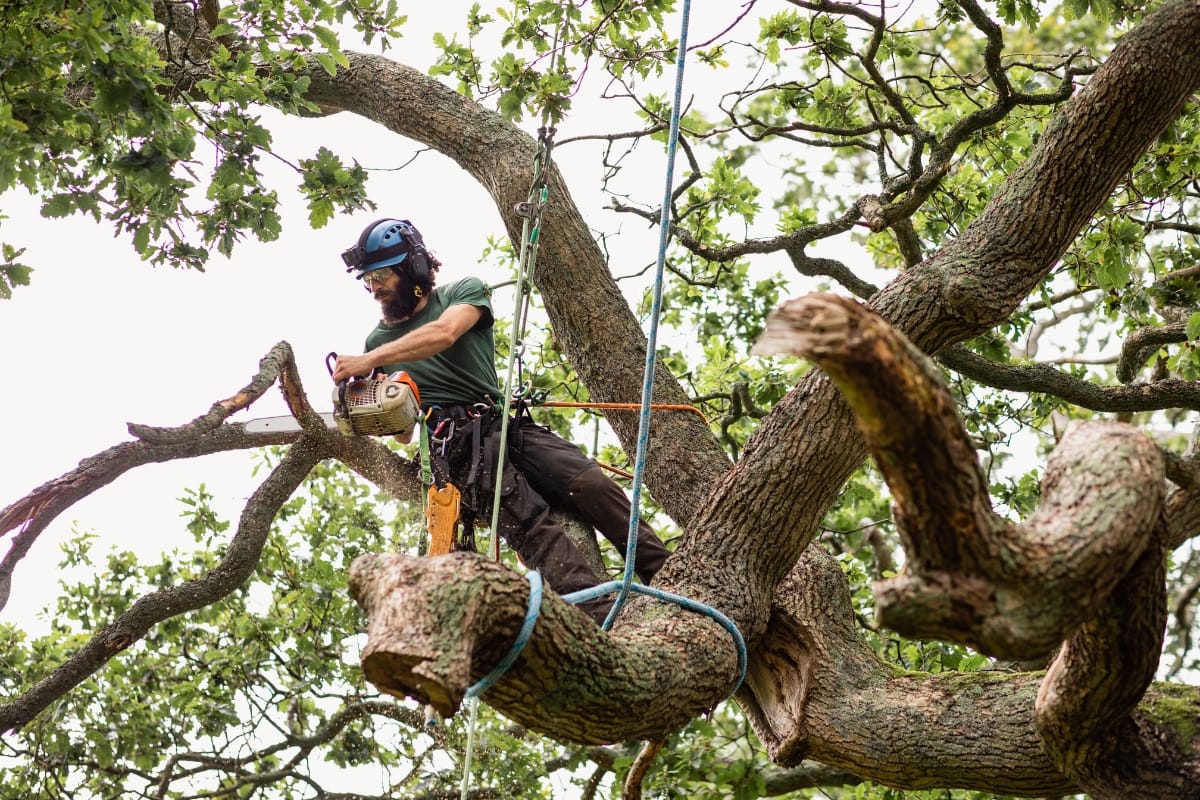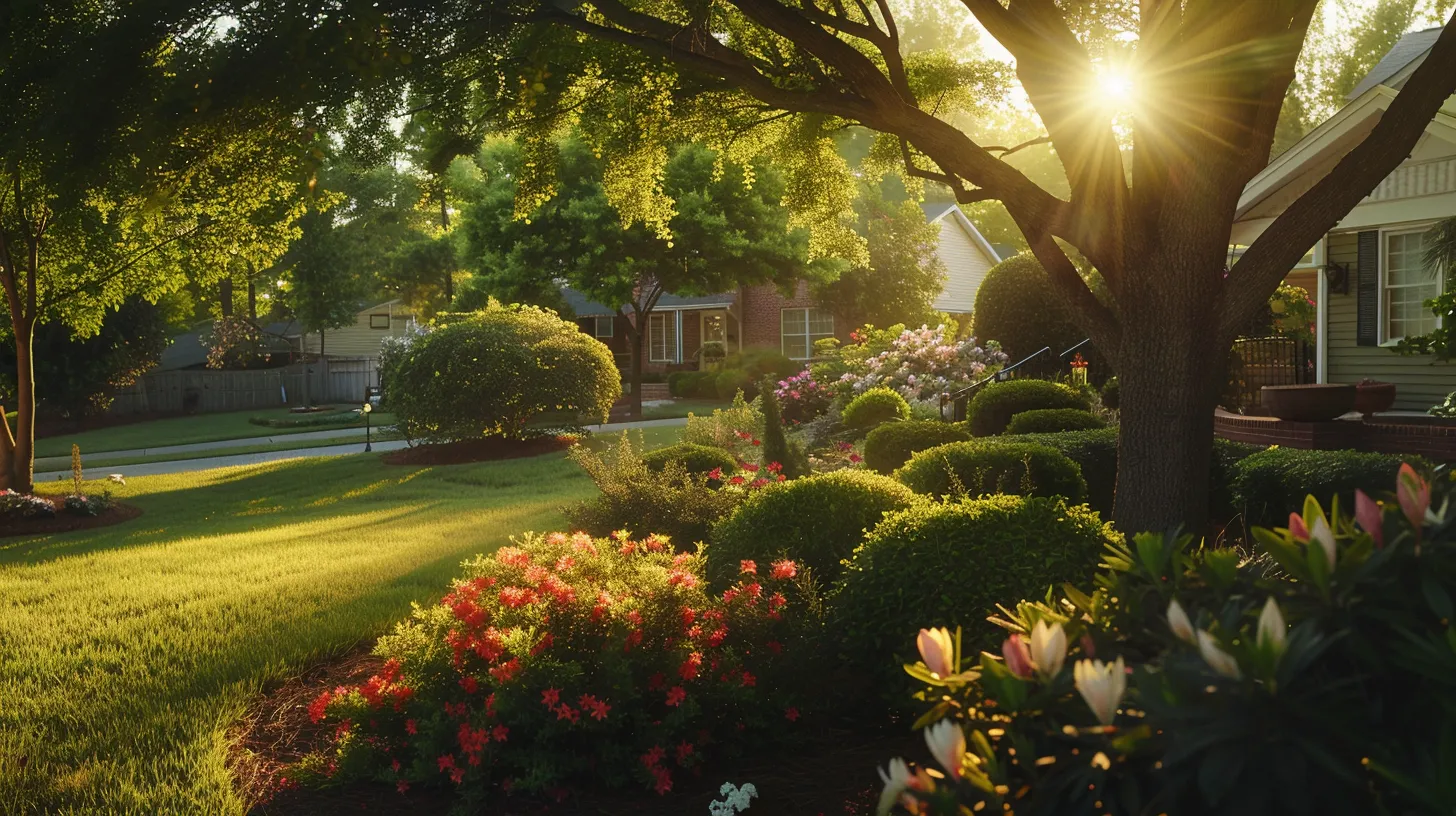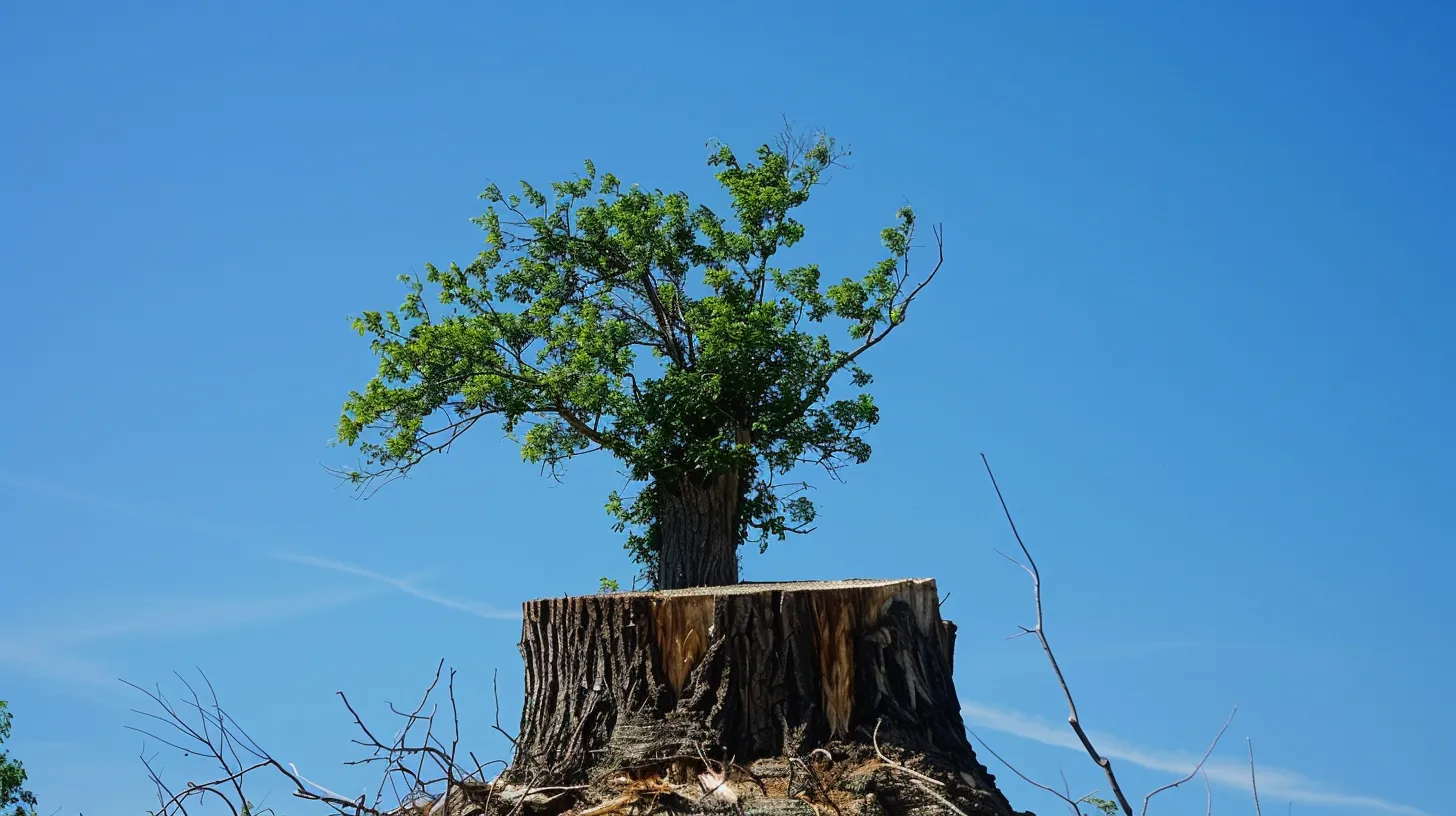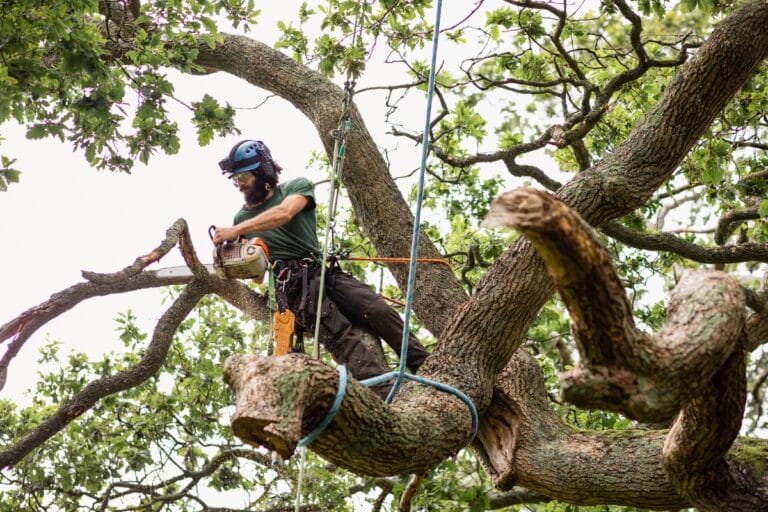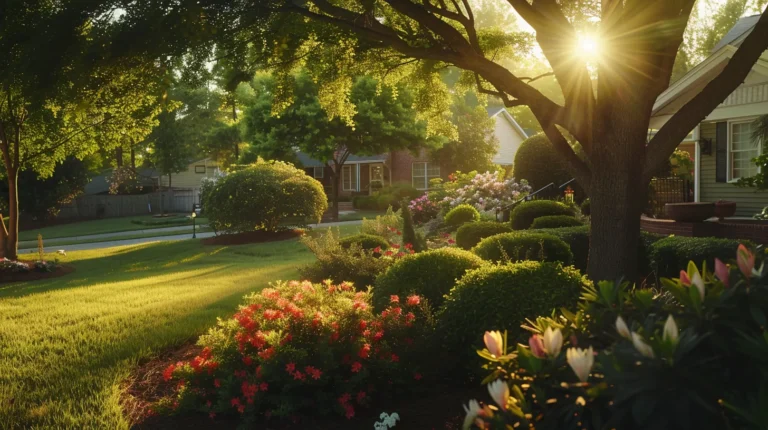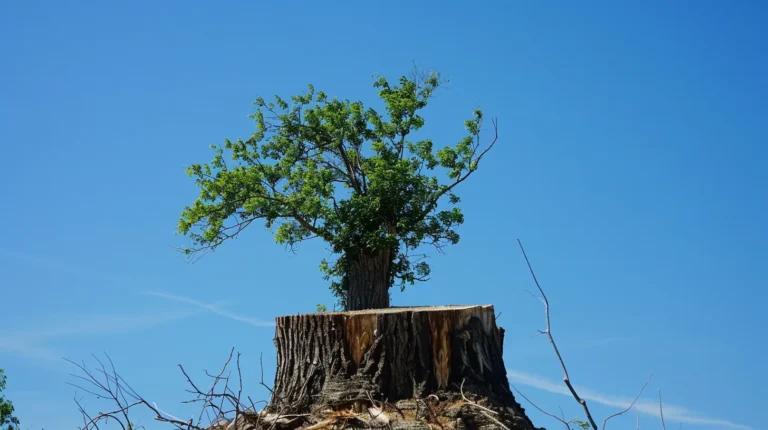When a storm strikes, the immediate aftermath can be overwhelming and filled with uncertainty. Ensuring the safety of your home and loved ones becomes the top priority as you navigate potential hazards like flooding, structural damage, and power outages.
Knowing what to do after a storm is crucial for minimizing risks and beginning the recovery process. In this guide, we’ll outline essential actions to protect your home and family in the wake of a storm.
From assessing damage and securing your property to dealing with insurance and storm cleanup, these steps will help you stay safe and start rebuilding with confidence.
From Chaos to Calm: What to Do After a Storm Passes
Assessing Structural Storm Damage
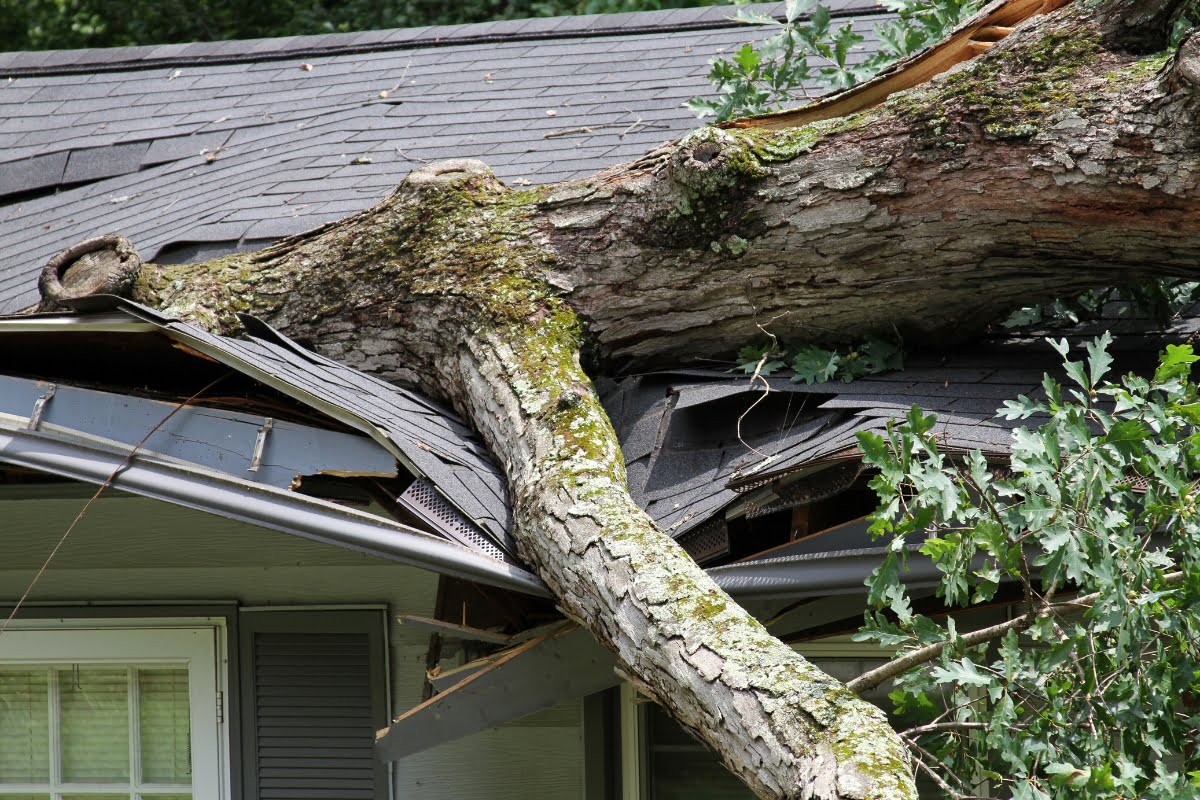
After a storm and any form of severe weather, the first step towards ensuring home safety is to assess any potential structural damage. This is crucial because even minor damage can compromise the integrity of your home and pose a risk to its occupants. Start by visually inspecting the exterior of your house for any visible signs of damage, such as cracks in the walls or foundation, loose or missing roof shingles, or damaged windows and doors.
Next, check for signs of damage to your roof, such as sagging or missing shingles. The roof is especially vulnerable during storms, and any damage to it could lead to leaks or further structural issues. If it’s safe to do so, inspect the attic for any signs of water intrusion or damage to the roof structure.
Don’t forget to assess the interior of your home as well. Look for cracks in the walls or ceilings, uneven floors, or doors and windows that no longer close properly, which could be indicators of foundation damage.
If you notice any significant structural damage, it’s important to contact a professional contractor or structural engineer for a thorough evaluation. They will be able to assess the extent of the damage and provide recommendations for repairs or reinforcements.
Remember, it’s always better to be safe than sorry when it comes to the structural stability of your home. Additionally, document any damage with photos or videos to support insurance claims. Taking prompt action after a storm can help ensure that your home remains safe and secure for you and your family.
Checking for Gas Leaks
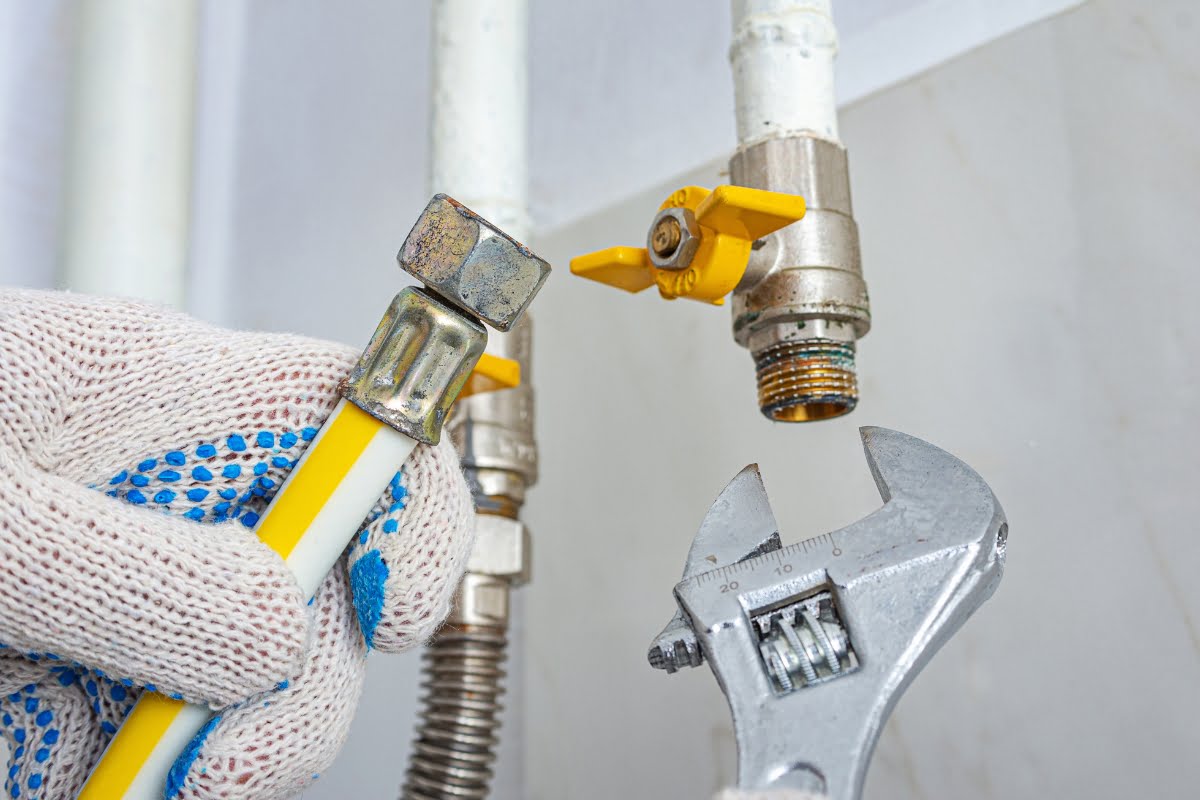
Another critical step in post-storm home safety is checking for gas leaks. Strong winds and falling debris can potentially damage gas lines, leading to dangerous leaks that can result in fires or explosions. If you smell gas, hear a hissing sound, or suspect a leak in any way, evacuate your home immediately and contact your gas provider from a safe location.
Avoid using anything that could create a spark, such as electrical switches, lighters, or even your phone, until you are safely outside and away from the suspected leak area. It’s essential not to attempt to locate or fix the leak yourself, as this should only be done by trained professionals. They have the necessary equipment and expertise to handle gas-related emergencies safely.
Once you’ve reported the issue to your gas provider or emergency services, wait for their arrival before reentering your home. In the meantime, if you’re able to, turning off the main gas valve from outside your home can help minimize the risk.
However, only do this if you’re familiar with the process and it’s safe to do so. Ensuring that gas leaks are handled correctly will protect both your home and the safety of everyone inside. Always prioritize professional intervention when it comes to potential gas-related hazards.
Inspecting Electrical Systems
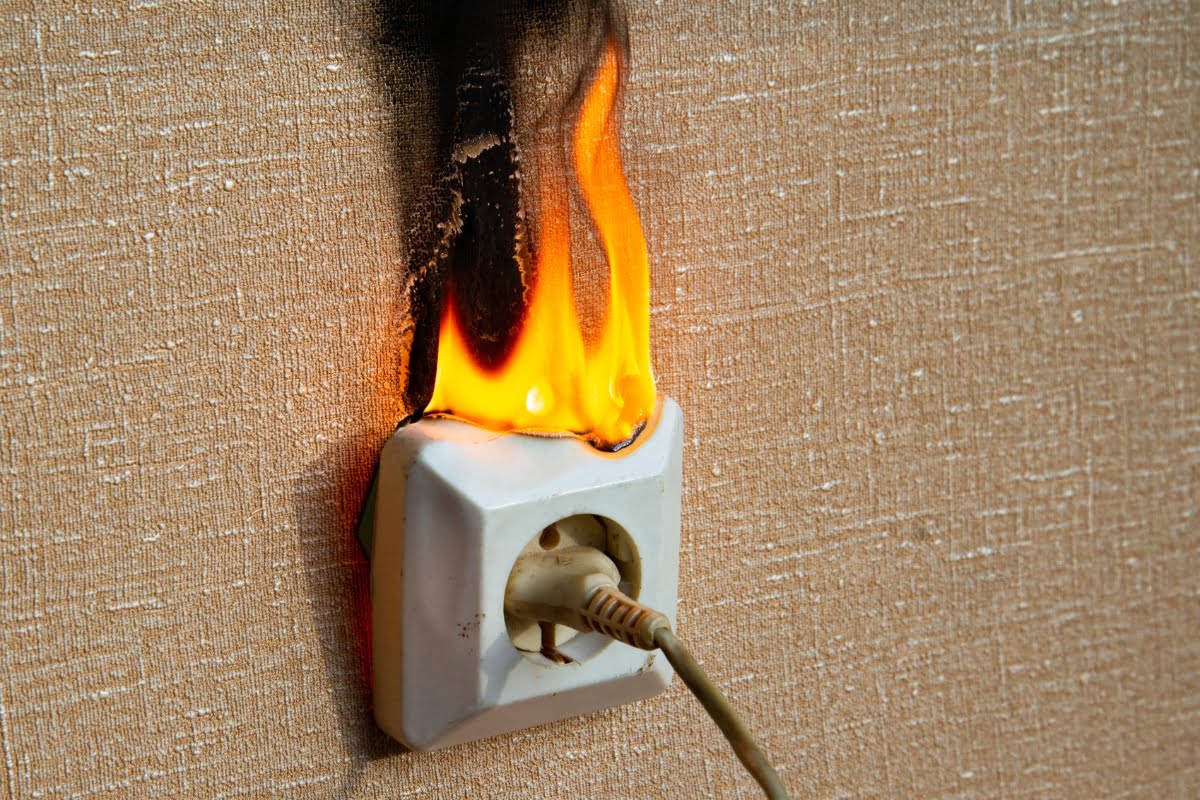
Storms can cause power outages and electrical surges that may affect your home’s electrical systems. Before restoring power after an outage, it’s essential to inspect your electrical panel and wiring for any visible signs of damage such as frayed wires, burn marks, or tripped breakers. Look for any unusual odors, like burnt plastic or ozone, which could indicate hidden electrical damage.
If you notice any issues with your electrical system or suspect damage, contact a licensed electrician to assess and repair the damage. Attempting to fix electrical problems yourself can be extremely dangerous and should be left to professionals. An electrician will be able to test the integrity of your wiring, ensure that your circuit breakers are functioning properly, and repair any damaged components to prevent future hazards.
It’s a good idea to unplug sensitive electronics and appliances during a storm to protect them from power surges. After the storm, inspect these items for any signs of damage before plugging them back in. Surge protectors can also help safeguard your devices from future electrical surges.
Remember that even if your electrical system appears to be functioning normally after a storm, hidden damage can still pose a risk. A thorough inspection by a professional is the safest way to ensure that your home’s electrical systems are secure and functioning correctly.
Securing Loose Objects
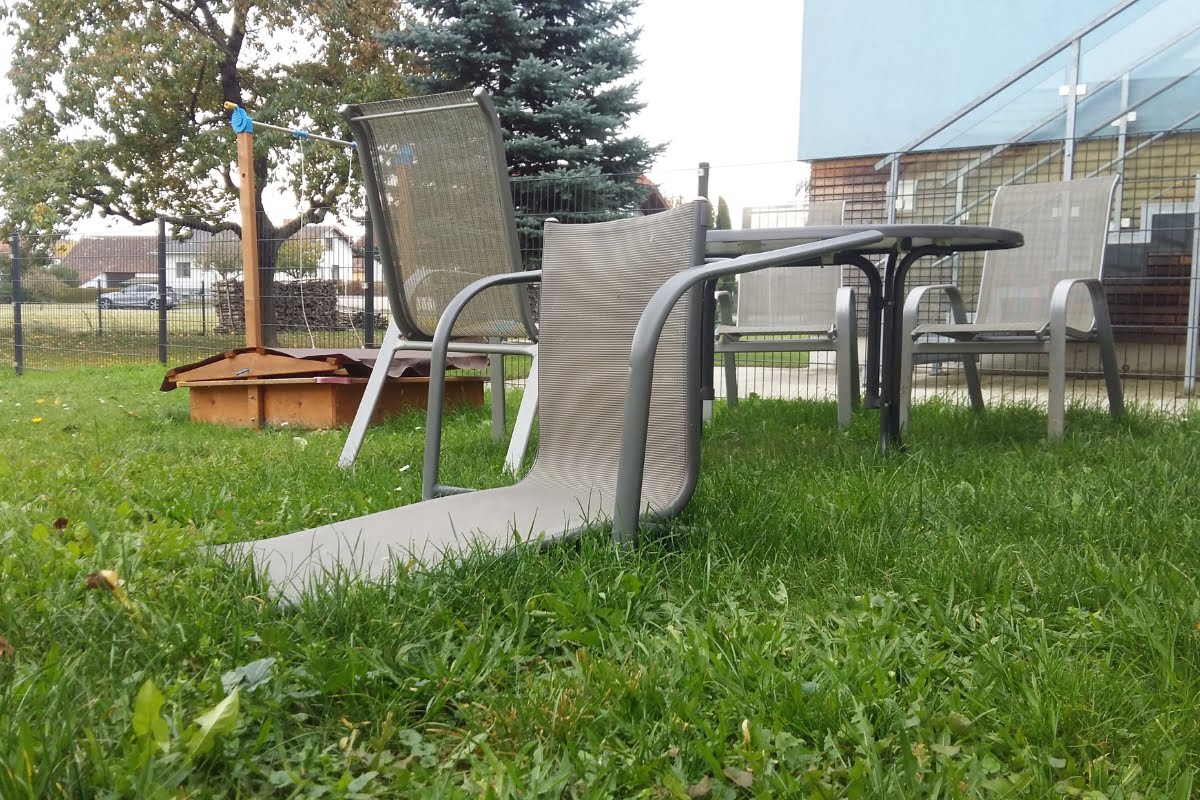
During a storm, strong winds can turn everyday objects into dangerous projectiles. After the storm has passed, take the time to secure any loose objects that may pose a risk.
This includes patio furniture, garden tools, and any other items that could potentially be blown away or cause damage if picked up by the wind. Check your yard, balcony, or rooftop for any items that may have been displaced by the storm, and ensure they are properly secured.
Store these items in a safe place such as a garage or shed until the storm has completely subsided. If you are unable to move larger objects, consider using heavy-duty straps, bungee cords, or tie-downs to secure them in place. For items that must remain outside, such as grills or large planters, ensure they are anchored to prevent them from being tossed around by strong winds.
Securing loose objects not only helps protect your property but also prevents them from causing harm to neighbors or passersby. Taking these precautions is an essential step in storm preparedness and recovery, reducing the risk of damage or injury caused by unsecured items.
Ensuring Water Safety
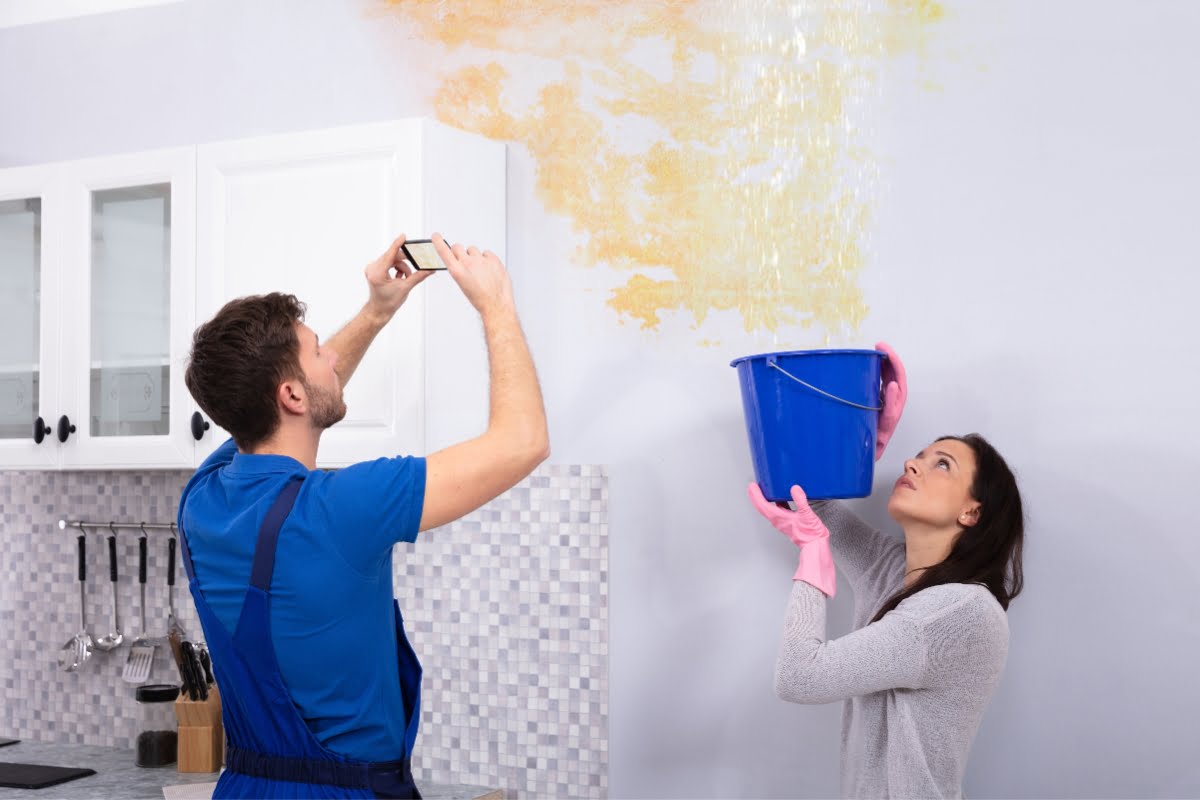
Storms can lead to flooding and water damage in your home. To ensure water safety, check for any signs of water intrusion or leaks. Inspect your basement, crawl spaces, and other areas prone to flooding for standing water or dampness. Pay attention to walls, floors, and ceilings for discoloration, bubbling paint, or warping wood—these can be indicators of hidden water damage.
If you discover any water damage, it’s important to address it promptly to prevent further issues such as mold growth or structural damage. Remove standing water using pumps or wet vacuums and dry out affected areas thoroughly with fans and dehumidifiers.
Make sure to check your home’s water supply for contamination. Floodwaters can carry debris and harmful bacteria, which may infiltrate your water system. Avoid using tap water until you’ve verified it is safe through proper testing or by consulting your local water authority.
Consider contacting a professional restoration company if the damage is extensive. Professionals can assess the severity of the water damage, mitigate potential hazards, and ensure thorough cleaning and drying.
It may also be beneficial to install sump pumps or French drains in flood-prone areas to prevent future water accumulation. This proactive approach will help safeguard your home against future storms and their damaging effects on water safety.
Dealing with Fallen Trees and Branches
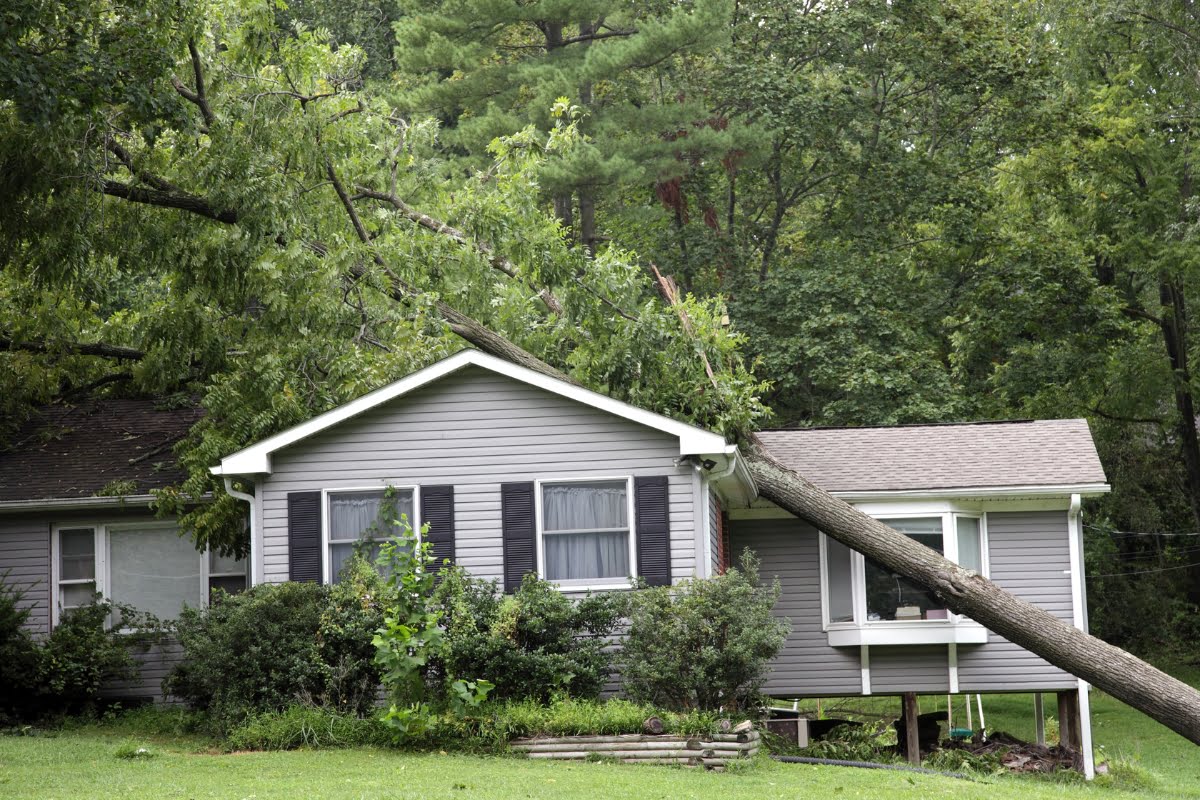
Fallen trees and branches are common after storms, posing both safety hazards and potential property damage. If you have trees on your property that have fallen or sustained significant damage, it’s best to contact a professional tree removal service. Fallen trees can damage power lines, structures, and vehicles, so it is important to address the situation promptly.
Attempting to remove large trees or branches yourself can be dangerous without proper equipment and training. Professionals have the tools and expertise to safely remove debris while minimizing further damage to your property. They are also skilled in assessing whether partially damaged trees can be salvaged or if they need to be removed entirely to prevent future risks.
In addition to safety concerns, professional tree removal services can help you navigate any local regulations regarding tree removal. In some areas, permits may be required for removing large or protected trees, and professionals are typically familiar with these regulations. Once the debris is cleared, consider planting new trees or shrubs to restore your landscape and provide environmental benefits, such as erosion control and shade.
It’s also important to inspect your property for any remaining hazards, such as weakened branches that could fall later or damaged structures that need repair. Taking these precautions ensures your property remains safe and secure after the storm.
Documenting Damage for Insurance Claims
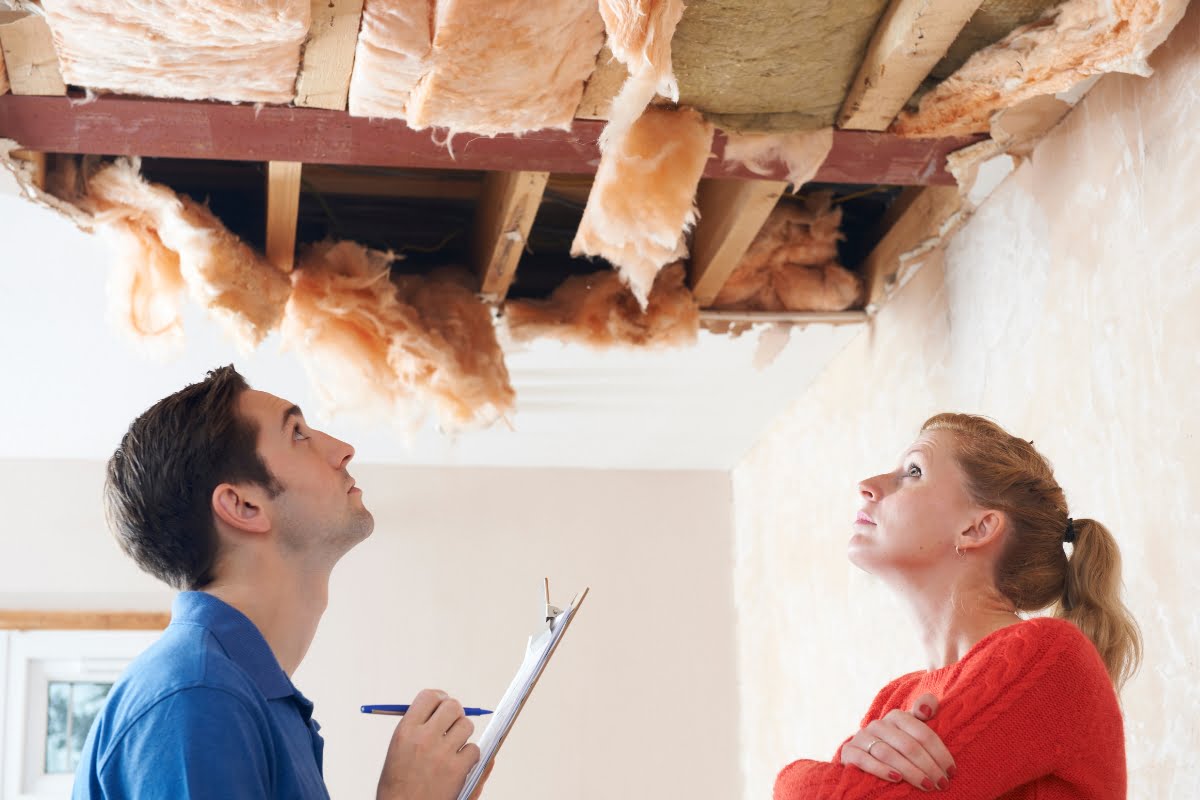
Before beginning any cleanup or repairs, it’s important to document the damage for insurance purposes. Take photos or videos of the affected areas, making sure to capture the extent of the damage from multiple angles. This visual evidence is essential when proving the extent of the damage to your insurance company. Be sure to include close-up shots of specific damages as well as wider shots to provide context.
In addition to visual documentation, create a detailed list of damaged items, including descriptions, approximate values, and any relevant receipts or proof of purchase. This inventory will be crucial when filing an insurance claim and can help ensure you receive fair compensation for your losses. Be as thorough as possible, documenting every item, no matter how small.
For larger or more expensive items, consider getting professional estimates for repair or replacement costs. This can provide further support for your claim and help avoid disputes with your insurance provider. Keep a copy of all correspondence with your insurance company, including emails and notes from phone calls, to have a clear record of the claims process.
By thoroughly documenting the damage and organizing all related information, you can streamline the claims process and increase your chances of receiving a fair settlement.
Seeking Professional Help
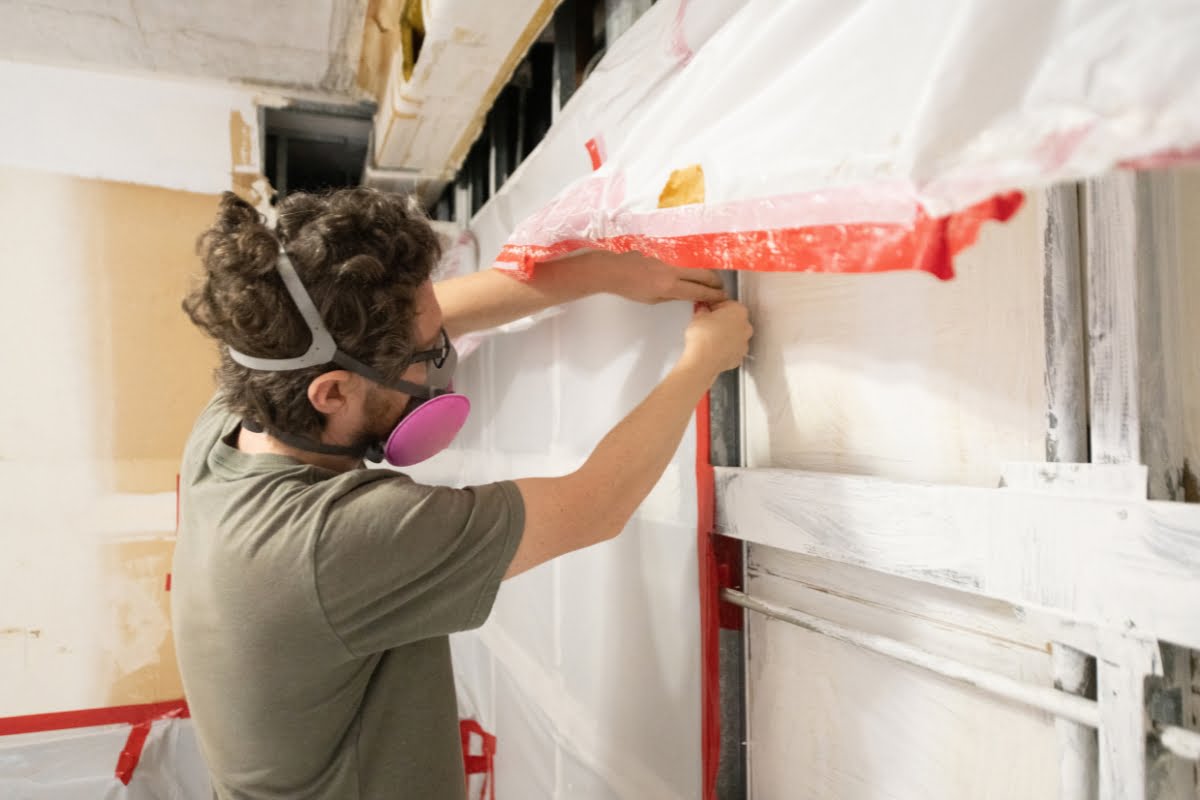
While some post-storm tasks can be handled independently, it’s important to recognize when professional help is needed. If you are unsure about the safety or stability of your home, it’s best to consult with experts in relevant fields such as contractors, electricians, or plumbers. These professionals have the knowledge and experience to assess potential risks accurately and provide appropriate solutions.
Structural damage, electrical issues, and water damage can pose significant safety hazards if not addressed properly. For example, an unstable roof, compromised foundation, or exposed electrical wiring can lead to further damage or injury if not handled by a professional. Additionally, water damage can lead to mold growth, which requires specialized treatment to ensure that your home remains safe and healthy.
When seeking professional help, choose licensed and insured storm damage restoration contractors who are experienced in storm damage repair. Ask for recommendations from neighbors or check online reviews to find reliable service providers in your area. It’s also essential to get multiple quotes and ask for a detailed breakdown of costs before proceeding with any work.
By recognizing when professional intervention is necessary and choosing qualified experts, you can ensure that your home is repaired safely and effectively after a storm.
Conclusion: Prioritize Safety and Swift Recovery
Knowing what to do after a storm is essential for ensuring home safety and facilitating a swift recovery process. Remember that prioritizing hurricane safety should always be your top concern. Take necessary precautions while assessing damages and avoid taking unnecessary risks. With proper care and attention to detail, you can restore your home’s security and peace of mind after a storm.
Taking the right steps after a storm is crucial for ensuring the safety of your home and property. For expert assistance in managing storm damage, trust Campbell Tree Management Services. Our experienced team is here to help you navigate the aftermath of any storm with professional storm cleanup services. Contact us at (770) 286-8058 or visit our website and request a free quote today.
